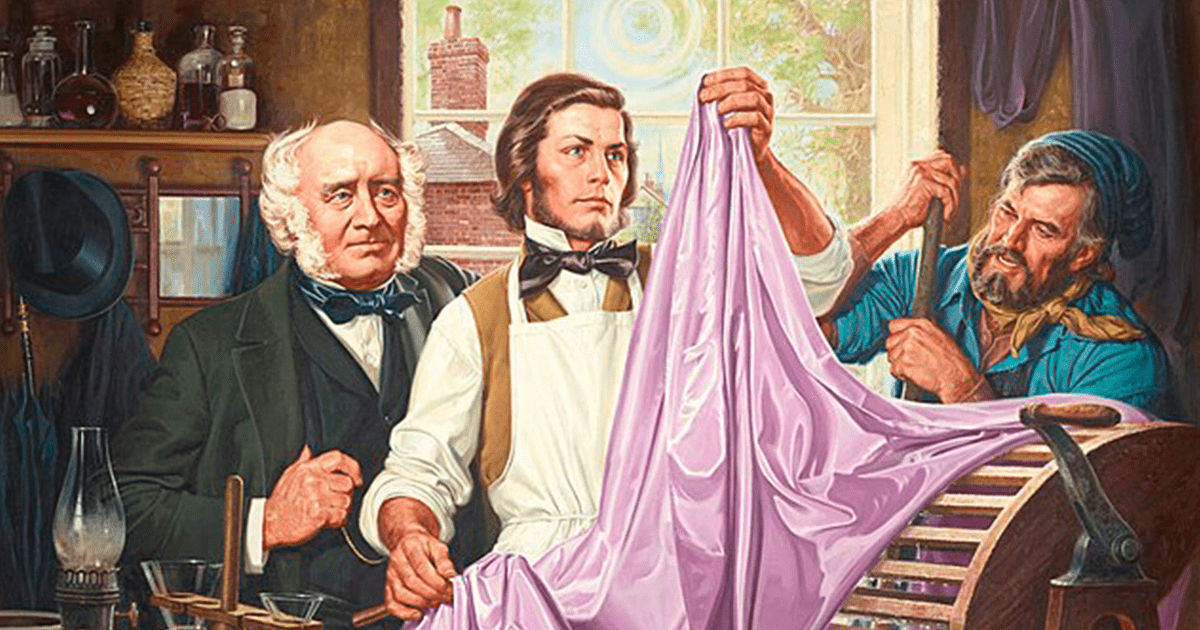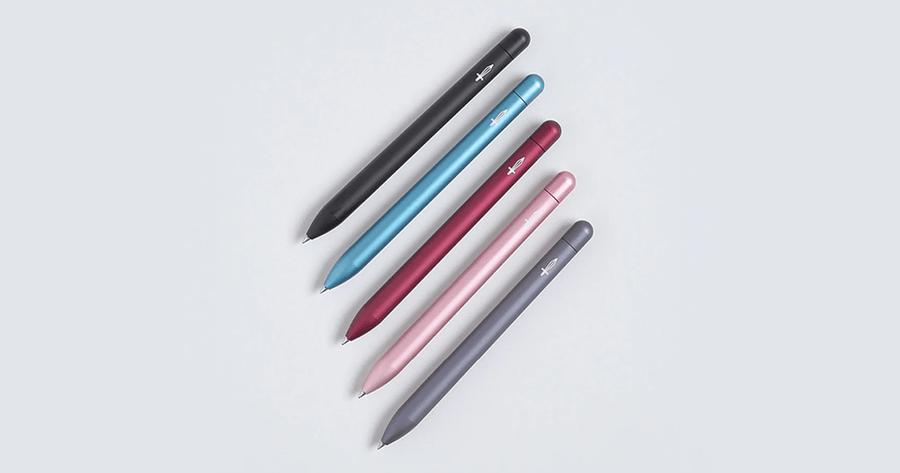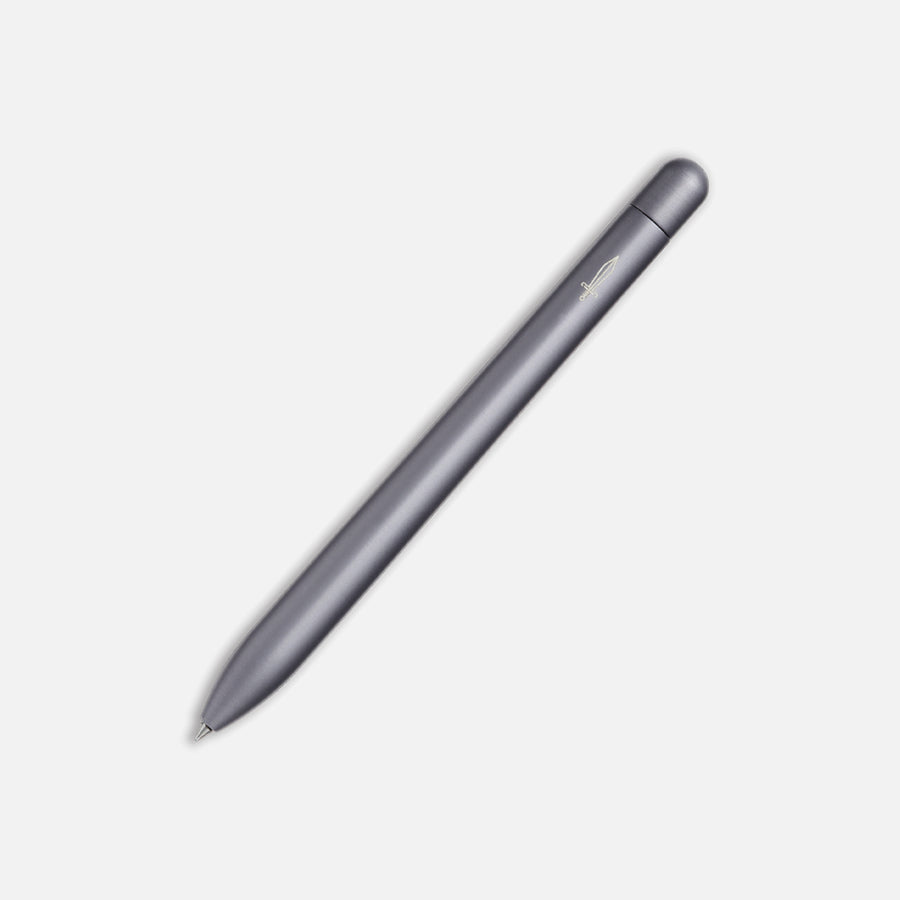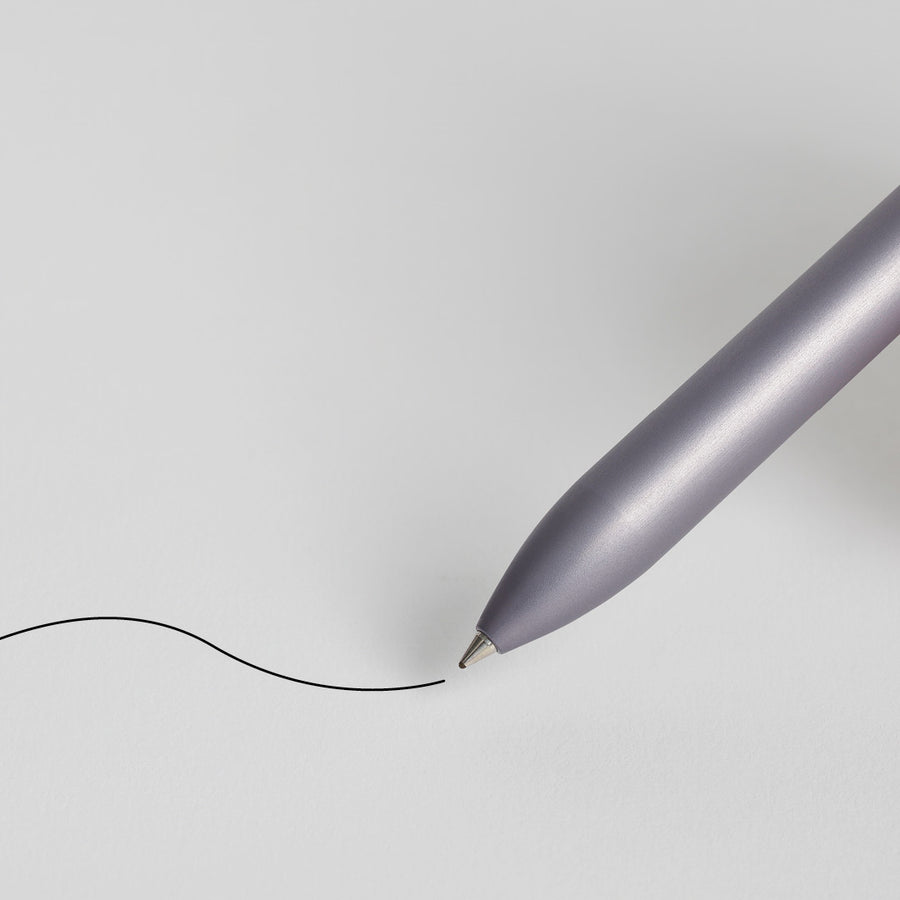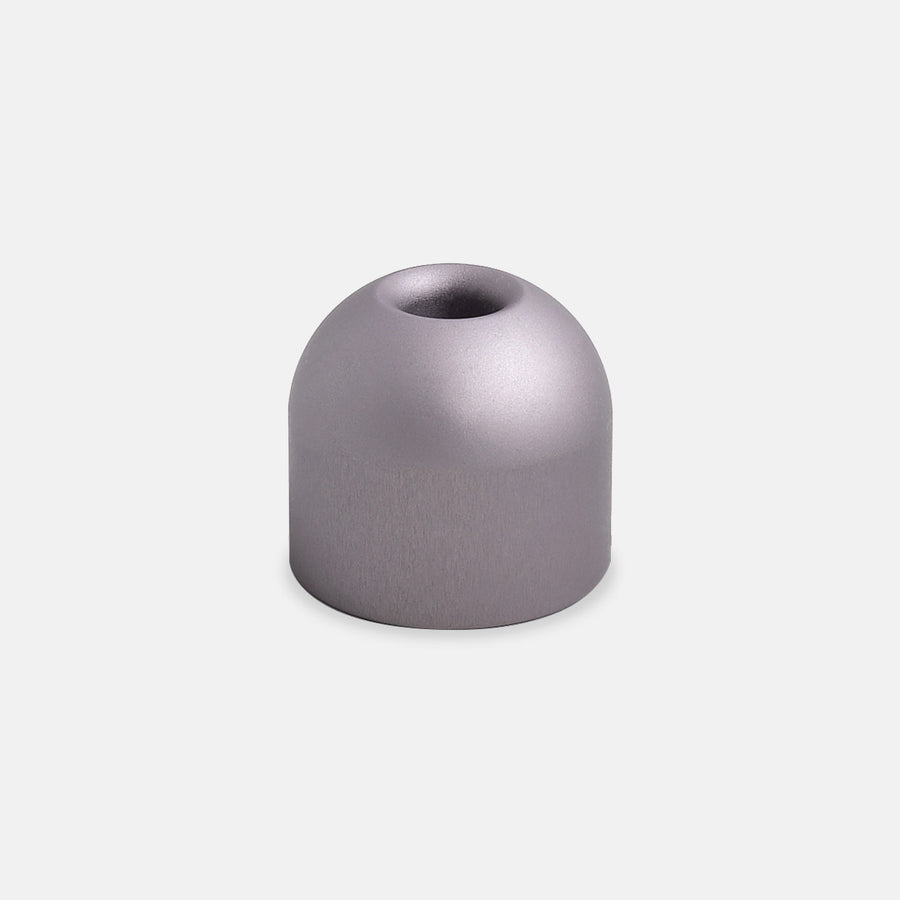The history of ink is as ancient as civilization itself; evolving through the millennia from primitive dyes to the sophisticated liquids we use in pens today. This fascinating and intricate journey mirrors humanity's relentless pursuit of better ways to record and communicate its thoughts, discoveries, and artistic expressions.
For pen enthusiasts, understanding the evolution of ink is not just about appreciating the tools of writing but also about connecting with the history of human expression and innovation. Let's start from the beginning...
The Origins of Ink
The origins of ink trace back to the dawn of civilization, marking a pivotal moment in human history. This fundamental tool for communication and expression began its journey around 2500 BCE with the ancient Egyptians and Chinese. These civilizations pioneered the first inks using natural materials available in their environments.
- The Egyptians utilized soot mixed with gum Arabic from the acacia tree to create a durable black ink, ideal for inscribing onto papyrus. This mixture provided a stable medium that could withstand the test of time, a crucial requirement for recording important religious and governmental texts.
- Simultaneously, in ancient China, ink's development took a parallel path, with early formulations based on carbon black and natural binders. These were refined over centuries into the solid ink sticks used with stone palettes for calligraphy and painting, a testament to the Chinese mastery of ink for artistic expression.
These early inks were not just Utilitarian substances but also imbued with cultural and spiritual significance. This reflects the profound human desire to document knowledge, beliefs, and artistic endeavors in a permanent form. Ink enabled the practical aspect of recording information. Its role became pivotal in spreading ideas, administrating societies, and the flourishing of arts & literature.
Thus, the origins of ink are deeply intertwined with the story of civilization itself, representing humanity's enduring quest for communication and expression. From these humble beginnings, ink evolved through the ages, adapting to the needs of each era. Ink's essence remains unchanged: a tool to immortalize fleeting thoughts and grand visions of humankind.
The Iron Gall Ink Revolution
The Iron Gall Ink Revolution marked a significant advancement in ink technology, starting around the 5th century and peaking in the Middle Ages. This period saw the transition from earlier inks to iron gall ink, a formula that became the backbone of European writing and documentation for centuries.
- Composition - Iron gall ink was made from tannic acid extracted from gallnuts, iron sulfate, and water. This mixture (initially light upon application) darkened over time due to a chemical reaction that produced a deep, durable black color. Its permanence was essential for preserving texts against fading. This made iron gall ink invaluable for recording important documents and artistic works.
- Impact - The durability of iron gall ink revolutionized the preservation of knowledge. It was instrumental in creating manuscripts, legal documents, and artistic endeavors throughout the Middle Ages, ensuring that such texts could endure for future generations. Its fine line quality also made it a favorite among artists for detailed manuscript illustrations.
- Challenges - Despite its benefits, iron gall ink’s acidic nature posed a risk to the longevity of documents, as it could corrode paper and parchment over time. This issue spurred the search for alternative formulations less damaging to writing materials.
- Legacy - Iron gall ink's influence on the documentation and preservation of knowledge is profound. It bridged ancient and modern writing technologies, leaving a legacy that fascinates historians and conservators. Its development was a critical step in the evolution of ink, underscoring the ongoing quest for durable and reliable writing substances.
The Advent of Synthetic Dyes
The Advent of Synthetic Dyes in the 19th century marked a revolutionary leap in the world of ink and color, transforming artistic expression, writing, and printing across the globe. This era began with an accidental discovery by William Henry Perkin in 1856, who, while attempting to synthesize quinine for malaria treatment, created mauveine, the first synthetic dye. This serendipitous event ushered in a new age of vibrant, consistent colors previously unattainable with natural dyes.
- Breakthrough and Impact - Perkin's mauveine not only introduced a novel purple hue to the textile industry but also laid the groundwork for an array of brilliant, stable colors. These synthetic dyes offered unparalleled advantages over their natural counterparts, including greater colorfastness, a wider palette of shades, and reduced cost of production. For ink, this meant the ability to produce a myriad of hues with consistent quality and permanence, enhancing the visual appeal of printed materials and broadening the scope for artists and writers.
- Influence on Ink - The advent of synthetic dyes dramatically expanded the possibilities for ink formulations, allowing for inks in every color. This period saw the introduction of brightly colored inks for fountain pens, departing from the traditional black and blue inks derived from carbon black and iron gall. The innovation extended to printing inks by facilitating the mass production of colorful posters, books, and packaging; thereby democratizing access to printed materials rich in color.
- Legacy - The transition to synthetic dyes represented a significant milestone in the evolution of ink, setting the stage for the development of the diverse, colorful world of modern ink used in writing, printing, and art today. It epitomizes the intersection of chemistry and creativity, illustrating how scientific breakthroughs can redefine artistic and cultural landscapes.
Ink in the Modern Era
Ink in the Modern Era is characterized by remarkable innovations that have expanded its utility beyond traditional writing and printing. Today's inks are the product of advanced chemistry and engineering, designed to meet the demands of many applications, from artistic endeavors to industrial processes. From enhancing the quality of written communication to enabling new forms of electronic interaction, modern inks blend tradition with technology, shaping the future of how we write, print, and interact with the world around us.
- Technological Advances - Modern inks are formulated with specific purposes—offering properties like quick-drying, water resistance, and non-fading qualities. For instance, gel inks provide smoother writing experiences with vibrant colors, while archival inks ensure the longevity of documents and artworks against the ravages of time and light exposure. Additionally, the advent of digital printing technologies has necessitated the development of specialized inks that can adhere to various substrates, from paper to textiles and even rigid materials.
- Environmental Considerations - The contemporary ink landscape also reflects a growing emphasis on sustainability. Eco-friendly inks, made from soy or vegetable oils, have emerged as alternatives to petroleum-based inks, reducing harmful emissions and enhancing recyclability. This shift addresses environmental concerns and meets the demands of consumers and businesses striving for green practices.
- Innovative Applications - Perhaps the most futuristic advancement in ink technology is the development of conductive inks used in printed electronics. These inks, containing metallic particles, can conduct electricity, enabling the creation of flexible circuits, wearable sensors, and smart packaging. This application signifies a leap toward integrating technology into everyday objects, opening up new interactive and functional design possibilities.
The Future of Ink
The future of ink is vast and varied, poised to transcend traditional boundaries and venture into new realms of technology and sustainability. As we look ahead, the innovation in ink is set to revolutionize not just writing and printing, but also electronics, medicine, and environmental protection.
- Electronic and Smart Inks - One of the most exciting frontiers is the development of electronic and smart inks. These inks can conduct electricity or change color in response to environmental stimuli. This opens possibilities for flexible electronics, wearable technology, and smart textiles. Imagine clothes that change color based on temperature or paper-thin screens that roll up. These are all powered by the innovative use of conductive inks.
- Interactive and Tech-Integrated Tattoos - The future of tattoos and ink lies at the crossroads of art, technology, and health, where innovative inks transform tattoos into dynamic tools for personal expression, real-time health monitoring, and seamless interaction with digital devices. These advancements promise to redefine the boundaries of body art, blending aesthetics with functionality in ways previously unimaginable.
- Biocompatible and Medical Inks - In the medical field, the advent of biocompatible inks is paving the way for breakthroughs in tissue engineering and drug delivery. 3D printing with these specialized inks can create structures that mimic human tissues, offering the potential for personalized medicine and organ replacement. Furthermore, inks that can deliver drugs through the skin could revolutionize how we administer medications.
- Environmental Sustainability - The drive towards sustainability is shaping the development of eco-friendly inks from renewable resources, designed to reduce environmental impact. These inks lower pollution and energy consumption, while enhancing the recyclability of printed materials. The future will likely see a greater emphasis on minimizing the ecological footprint of inks, aligning with global efforts to protect the environment.
Conclusion
Ink continually evolves and enriches our connection to the world and each other. It is both a link to the past and a tool for the future. The evolution of ink, from the soot-based mixtures of ancient civilizations to the conductive liquids of today, reflects humanity's quest for better ways to communicate, record, and express itself.
As we write, draw, or doodle, we partake in a tradition that spans thousands of years. How will you embrace the capabilities of ink to express, enhance, or transform your life and the world around you?
Replace your ink when you need to for your award winning rollerball pen(s) with Squire Rollerball Ink Refills.
Love your Squire Rollerball pens? Save 15% on ink refills when you subscribe.

